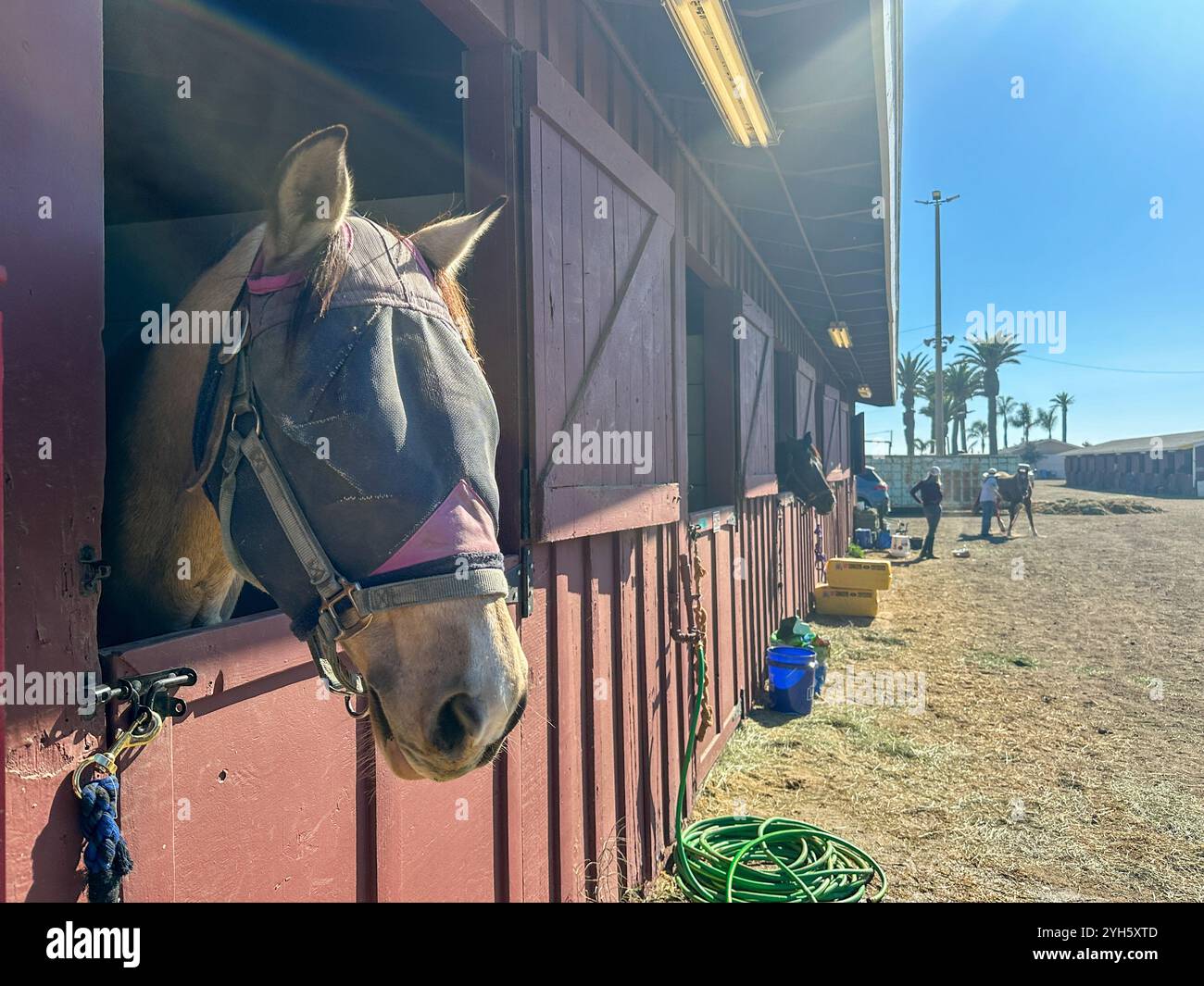Horses in Disaster Relief and Emergency Services

Horses have played a vital role in human history, not only as companions and work animals but also as crucial participants in disaster relief and emergency services. Their unique abilities and characteristics make them invaluable in various emergency scenarios, from natural disasters to search and rescue operations.
Introduction
In times of crisis, rapid and effective response is essential. While modern technology and vehicles dominate emergency services, horses continue to offer distinct advantages, especially in terrains and situations where machinery may fail or be impractical.
Roles of Horses in Disaster Relief
| Role | Description |
|---|---|
| Search and Rescue | Horses can navigate difficult terrains, helping rescuers reach stranded or injured people. |
| Transportation | They transport supplies, equipment, and personnel in areas inaccessible to vehicles. |
| Evacuation Assistance | Horses assist in evacuating people, especially in rural or rugged areas. |
| Psychological Support | Their presence provides comfort and emotional support to disaster victims and responders. |
Advantages of Using Horses
- Terrain Navigation: Horses can traverse forests, mountains, and flooded areas where vehicles cannot go.
- Endurance and Speed: They can cover long distances quickly, essential for timely rescue missions.
- Low Environmental Impact: Unlike motorized vehicles, horses do not cause pollution or significant environmental disturbance.
- Reliability: Horses are less likely to break down compared to mechanical equipment.
Training and Preparation
Horses used in emergency services undergo specialized training to remain calm under stress, respond to commands, and work alongside rescue teams. Handlers also receive training to maximize the effectiveness of horse-assisted operations.
Case Studies
- California Wildfires: Mounted units helped evacuate residents and deliver supplies in areas inaccessible by road.
- Flood Relief in Bangladesh: Horses transported medical supplies and food to isolated communities.
Challenges and Considerations
- Weather Conditions: Extreme weather can affect horses’ performance and safety.
- Care and Maintenance: Horses require food, water, and rest, which must be managed during prolonged operations.
- Logistics: Transporting horses to disaster zones can be complex.
Frequently Asked Questions (FAQ)
Q1: Why are horses still used when modern vehicles exist?
A1: Horses can access areas where vehicles cannot, such as dense forests, steep hills, or flooded regions, making them indispensable in certain scenarios.
Q2: How are horses trained for disaster relief?
A2: They undergo desensitization to loud noises, crowd control training, and conditioning to handle rough terrain and stressful environments.
Q3: What kind of emergencies benefit most from horse assistance?
A3: Natural disasters like floods, wildfires, and earthquakes, especially in rural or rugged areas, benefit greatly from horse-assisted operations.
Q4: Are there organizations dedicated to training horses for emergency services?
A4: Yes, several organizations specialize in training mounted search and rescue teams and disaster response units.
Conclusion
Horses remain a valuable asset in disaster relief and emergency services due to their unique capabilities and adaptability. Integrating traditional methods with modern technology enhances the effectiveness of emergency responses, ultimately saving more lives and providing critical support when it matters most.
Would you like me to help improve the clarity or engagement of any specific section? Or perhaps add more detailed case studies or expand the FAQ?
